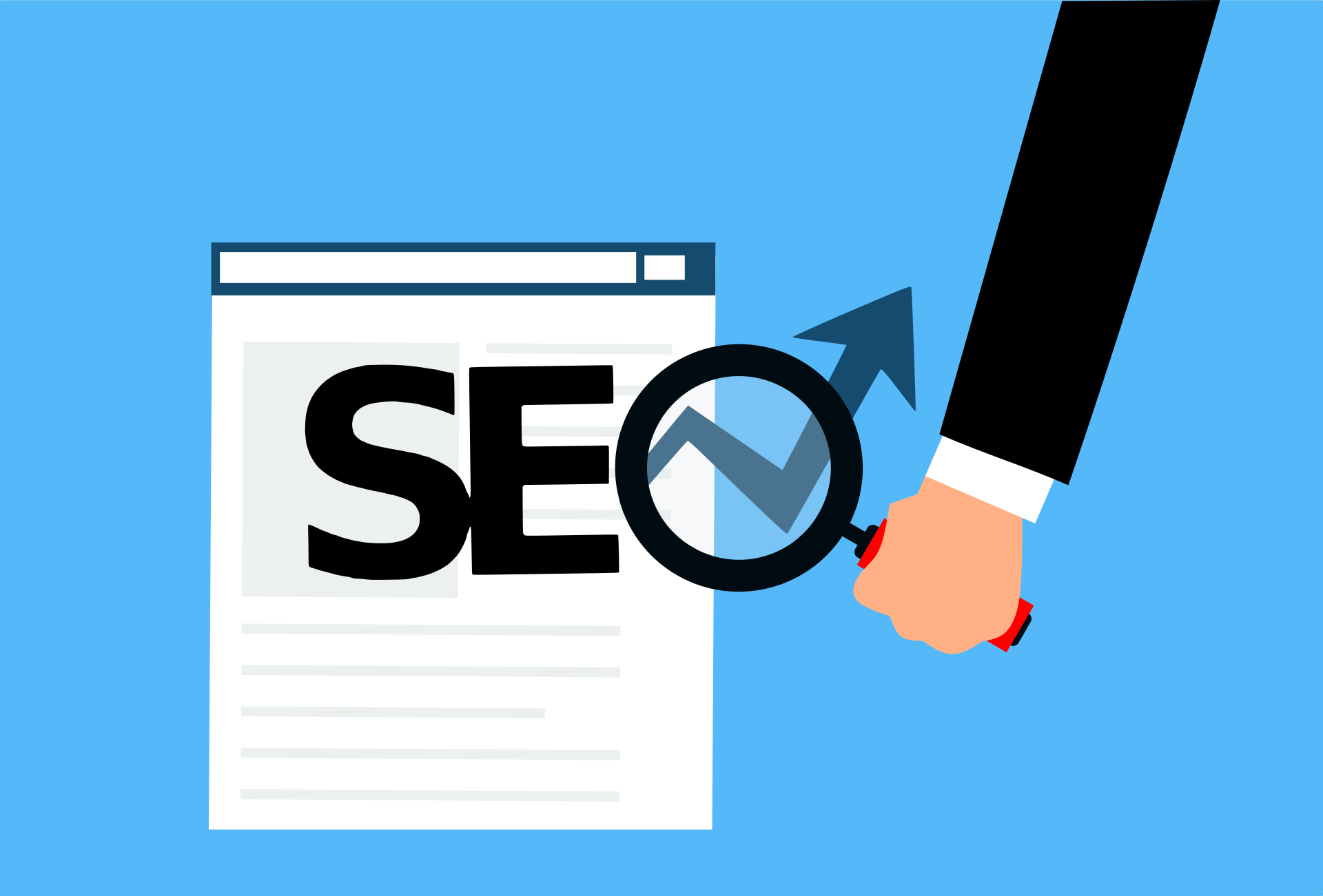If you’re expanding your business into new markets, understanding the difference between SEO (Search Engine Optimization) and SEM (Search Engine Marketing) is crucial. While both aim to increase visibility in search engines, they take very different approaches—and serve different strategic purposes, especially when operating across multiple countries or languages.
Let’s break down the key differences between SEO and SEM, and why both are essential for international digital success.
What Is SEO?
SEO is the process of optimising your website to appear organically in search engine results. It focuses on long-term growth by improving the quality and relevance of your content, technical setup, and user experience.
In the context of international SEO, this means:
- Localising content for different languages and cultures
- Implementing hreflang tags and region-specific URLs
- Building authority in local search engines (Google, Bing, Baidu, Yandex, etc.)
- Aligning with local search intent and behaviours
SEO is a long-term investment. It builds trust, authority, and consistent traffic—without having to pay for every click.
What Is SEM?
SEM refers to paid strategies to appear in search engine results—most commonly through Google Ads. These ads are typically displayed above or below the organic results, and are charged on a per-click basis (PPC).
For global campaigns, SEM allows you to:
- Launch instantly in new markets with targeted ads
- Segment by language, location, and even device
- Test demand before committing to full localisation
- Drive conversions quickly while SEO builds traction
SEM provides immediate visibility, which is especially valuable when entering competitive or unfamiliar markets.
Key Differences Between SEO and SEM
| Feature | SEO | SEM |
|---|---|---|
| Traffic Type | Organic | Paid |
| Time to Results | Medium to long-term | Immediate |
| Cost | Time and resources | Ongoing budget per click |
| Sustainability | Long-lasting results | Ends when the budget stops |
| Click-Through Rate | Typically higher for trusted organic links | Can be high, but depends on ad quality |
| Best For | Long-term visibility, authority building | Fast market entry, testing, limited-time offers |
How SEO and SEM Work Together in International Strategy
The most effective global brands don’t choose SEO or SEM—they use both. SEO creates a sustainable foundation, while SEM delivers fast results and agility. Together, they complement each other perfectly.
For example:
- Use SEM to test which keywords convert best in a new language
- Use SEO to build trust and long-term rankings for those same keywords
- Use paid ads to promote localised landing pages while SEO efforts grow
- Analyse SEM performance to refine your multilingual content strategy
Final Thought
If you’re serious about growing internationally, you need to understand not just how to appear in search engines—but how to appear the right way.
SEO builds long-term visibility and brand trust. SEM gives you speed and control.
Together, they offer a powerful mix of strategy, insight, and results.
Looking to develop a combined SEO and SEM strategy for international markets?
Contact US and discover how we help businesses expand their reach with tailored, data-driven solutions.

